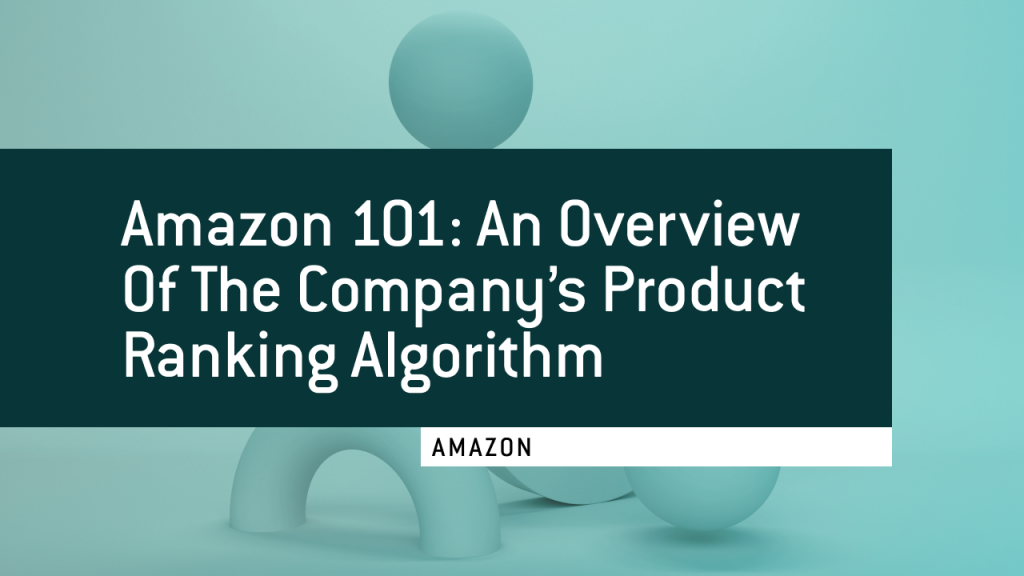For many online retailers, optimized searches for Amazon have more importance than Google. Get this. Amazon has three times the search volume for products. Listing items on the platform? You’ll need to get them to the top of the platform’s search results (in relevant categories) to drive sales. And you’ll can do this better if you understand how Amazon’s algorithm works.
Unfortunately, many retailers operate blindly. It’s possible to enjoy success on Amazon without understanding their ranking algorithm. But the more you know, the better your products will perform.
So, what is Amazon’s algorithm? And how does it work?
Amazon’s A9 Product Search Algorithm
Amazon’s product search algorithm has a mysterious name: “A9.” The company shies away from discussing how it ranks products (to keep people from gaming the system). However, it admits to its algorithm making calculations long before a customer inputs a search query. A9 takes lots of data into account; examples include past traffic patterns, product descriptions, and individual user’s browsing habits.
Once the user types in their search, A9 analyzes the product listings…and delivers the products it determines to be “most relevant.” A product’s relevance to a given search query may differ from customer to customer.
Nonetheless, ranking on Amazon is much more straightforward than it is in Google.
What is the main difference between the two? While Google seeks to display results that accurately answer the searcher’s query, Amazon focuses on delivering the product listings most likely to be bought by a customer.
Let’s explore some of the core factors influencing Amazon’s A9 algorithm:
Core Considerations for the Amazon A9 Algorithm

A few core factors drive search listings through Amazon’s platform. These include:
Conversion Rate
How well does the product sell once users have been directed to the product page? Products that convert at a higher rate place higher in the search results. Many aspects of your product page can drive conversions. These include product price, customer reviews, and the quality of your product images. Always look to improve your product page, and keep it optimized for conversions. Amazon analyzes your conversion rate for every specific query that brings a searcher to your product page.
Relevancy
Is your product relevant to shoppers’ search queries? Conversion rate plays a role in this because relevant products tend to sell well. However, a product’s name and description can play a big role in determining its relevance. Try to laser-target specific product categories and searches (with your product information and text) to improve your relevance within Amazon.
Customer Satisfaction
When customers buy your product through Amazon, are they generally satisfied? Are your customers’ reviews mainly positive? What percent of your purchasers end up returning the item? While your overall review score does impact a product’s ranking, Amazon wants to see reviews that skew toward the top end of the scale. For example, two products might have the same overall score, but a product that has several three and four-star reviews will generally place higher than a product with lots of one-star and five-star reviews. Amazon prefers consistency.
Order Retention
Amazon knows that the best kind of customers are those that keep returning. For that reason, order and customer retention play a key role in product rankings. When customers buy your product, do they return to buy accessories? Do they commonly buy other products along with yours? Amazon prejudices its search results towards products that generate more business for them in the long-term.
Amazon Optimization: Simple…But Important
Too many eCommerce companies simply list their products on Amazon. They fail to think about how they can optimize their product pages. Opportunities abound! Remember – most optimization occurs on the product page. A minimum amount of attention to Amazon’s ranking factors can quickly improve your rankings—and grow your revenue.




